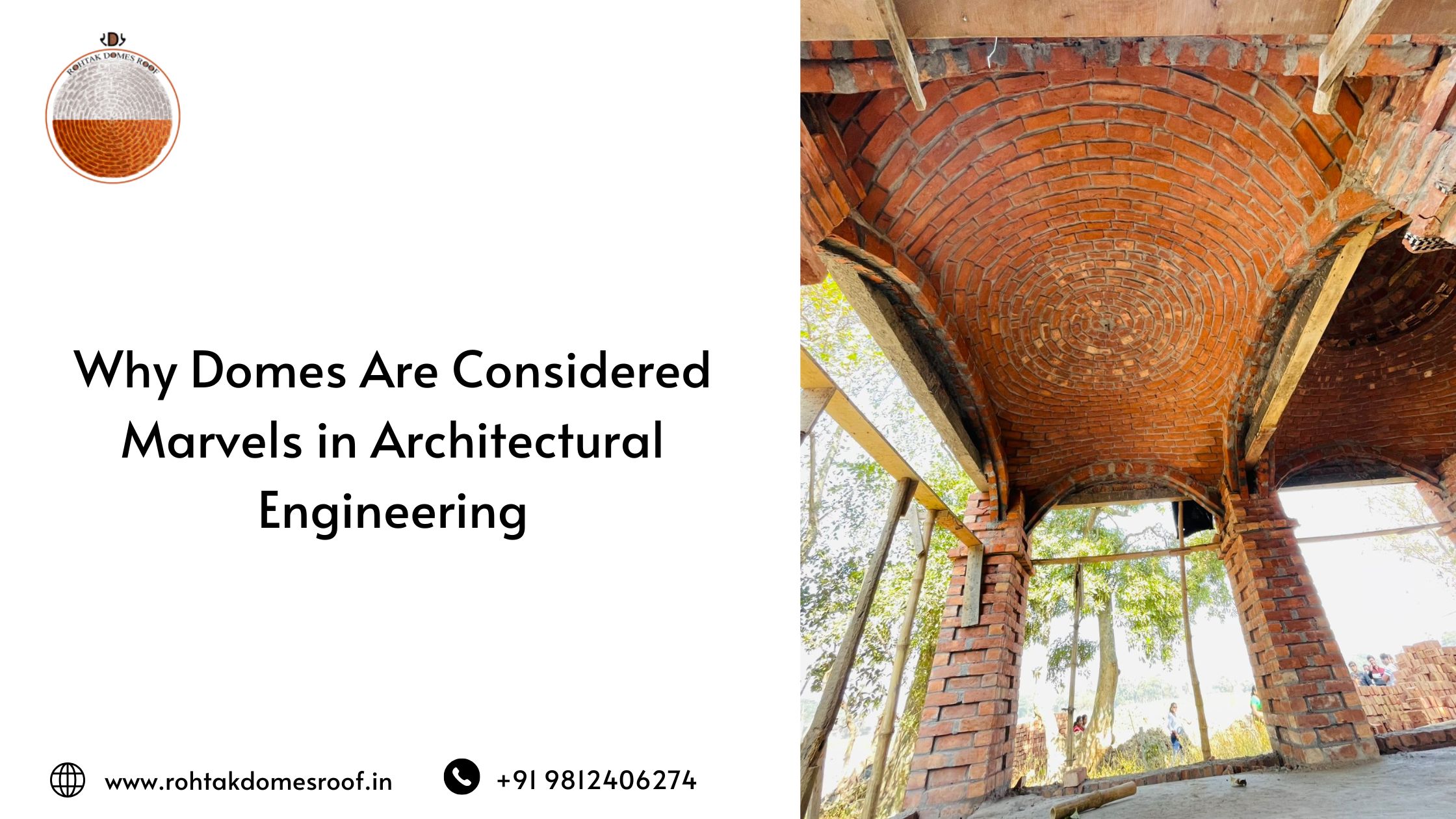
Domes have fascinated architects and engineers for centuries, standing as symbols of innovation, strength, and beauty. From ancient temples and mosques to modern stadiums and auditoriums, domes have been used in a wide variety of structures across the world. Their unique design not only adds visual appeal but also ensures structural stability and efficiency. Rohtak Domes, known for its expertise in dome construction, continues to showcase the brilliance of dome engineering in modern architectural projects.
1. Structural Strength and Stability
One of the primary reasons domes are considered marvels in architectural engineering is their inherent structural strength. The shape of a dome distributes weight evenly, allowing it to withstand heavy loads and extreme weather conditions. This efficient load distribution reduces stress on the walls and foundation, making domes incredibly durable and long-lasting.
2. Efficient Use of Materials
Domes use fewer materials compared to other structural forms while offering greater strength and stability. Their ability to cover large spaces without the need for internal columns makes them an economical choice for architects and engineers. By using minimal resources to achieve maximum structural efficiency, domes exemplify sustainable and cost-effective construction techniques.
3. Natural Resistance to Environmental Factors
Domes are designed to resist various environmental factors such as wind, rain, and earthquakes. Their curved shape deflects wind pressure, minimizing the impact of strong gusts. Additionally, domes offer better resistance to seismic activity due to their ability to distribute stress evenly across the structure.
4. Versatility in Design and Application
Domes are incredibly versatile and can be adapted for various architectural styles and functions. They are used in religious buildings such as temples and mosques, public spaces like stadiums and amphitheaters, and modern eco-friendly homes. This versatility makes domes a preferred choice for a wide range of architectural applications.
5. Energy Efficiency and Sustainability
The curved shape of a dome enhances natural ventilation and reduces heat loss, making dome structures more energy-efficient. This feature helps in maintaining a comfortable interior temperature while minimizing the need for artificial heating and cooling. Many modern dome designs incorporate sustainable technologies such as solar panels and rainwater harvesting systems, making them even more environmentally friendly.
6. Iconic Architectural Aesthetics
Domes have a timeless and iconic appeal that adds grandeur and elegance to any structure. Whether it’s the majestic domes of historical monuments or the sleek, modern designs of contemporary buildings, domes continue to capture the imagination of architects and viewers alike. Their aesthetic charm contributes to the overall beauty and significance of the structures they adorn.
7. Longevity and Low Maintenance
Due to their structural strength and resistance to environmental factors, domes require minimal maintenance. They are less likely to develop cracks or structural deformities over time, ensuring that they remain functional and visually appealing for decades. This longevity makes domes a cost-effective choice for large-scale projects.
Conclusion
Domes are truly marvels in architectural engineering, combining strength, efficiency, and beauty in a single design. Their ability to withstand environmental challenges, provide energy efficiency, and adapt to diverse architectural styles makes them an enduring choice for construction. Rohtak Domes continues to embrace these principles, showcasing excellence in dome construction through innovative and sustainable techniques.